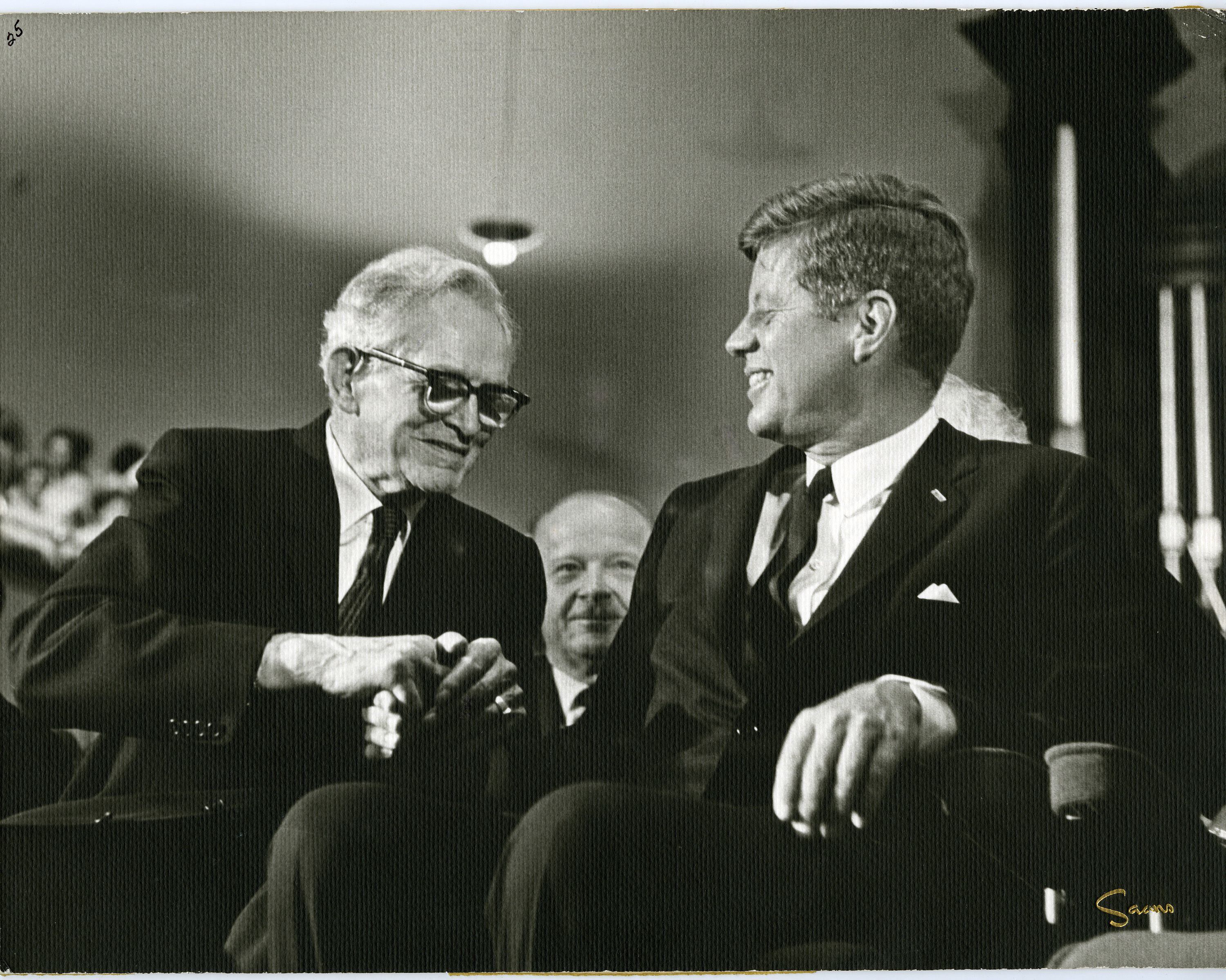Forty-six years ago this month was a historic moment in The Church of Jesus Christ of Latter-day Saints. Then-President Spencer W. Kimball lifted the faith’s prohibition preventing Black men from entering the all-male priesthood and Black women and men from participating in temple rites.
The move abruptly ended the century-old racist ban, but it hardly ended racism within the church. After all, 126 years of theological justifications for the ban remained, including those spelled out in influential works such as “Mormon Doctrine ” by apostle Bruce R. McConkie.

It turns out that cleanup still needed — and needs — to be done. In his new book, “ Second-Class Saints: Black Mormons and the Struggle for Racial Equality,” historian Matthew Harris, who had unprecedented access to the papers of Kimball, McConkie, Hugh B. Brown and Joseph Fielding Smith, explores the background of the priesthood/temple ban, from its racist roots under Brigham Young to its removal and its aftermath.
In these excerpts (edited lightly for clarity and style) from The Salt Lake Tribune’s latest “Mormon Land” podcast, Harris, a history professor at Colorado State University-Pueblo , offers an insider view of the decision-making process among the church hierarchy that led to this momentous move. Kimball was ready to lift the priesthood/temple ban months or even years before he did. Why did he wait? One reason would be that he needed to have consensus in the Quorum of the Twelve [Apostles].
.
















